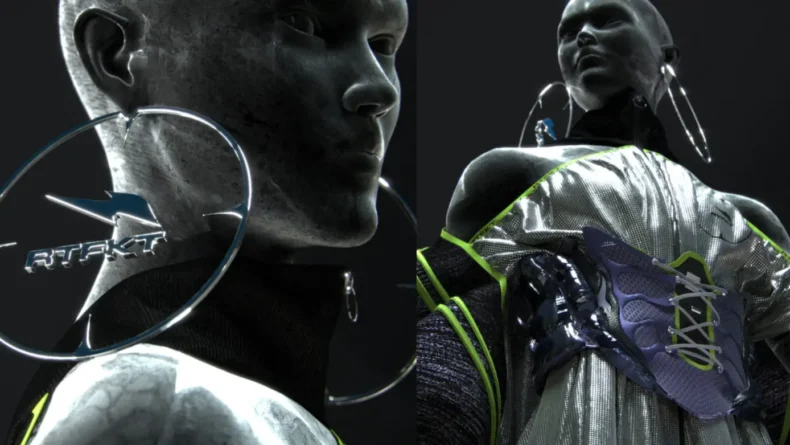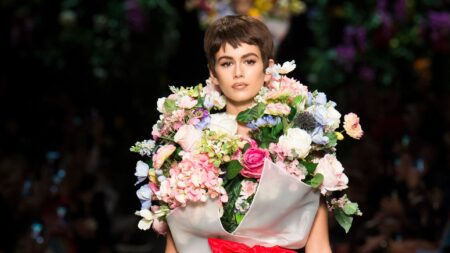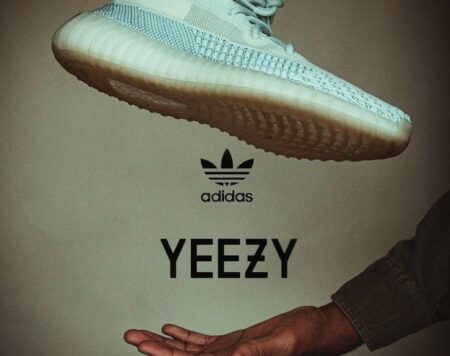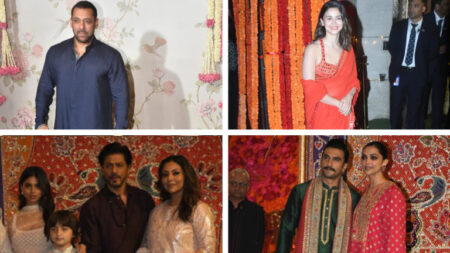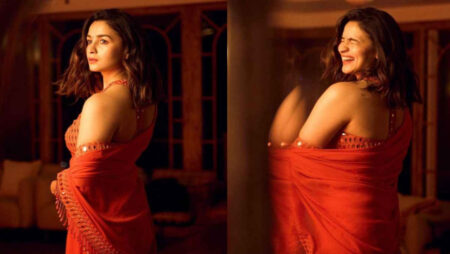Virtual fashion has been seen as a new opportunity to challenge the boundaries of creativity and inclusion, but so far, these new kinds of clothes are mostly copied from real-world collections. For example, the first models shown by the Meta group seem too “normal” for us to be excited about, whereas our virtual twins, who have been designed to live their best lives in parallel fictional universes, offer us the opportunity to dress up as we have never before.
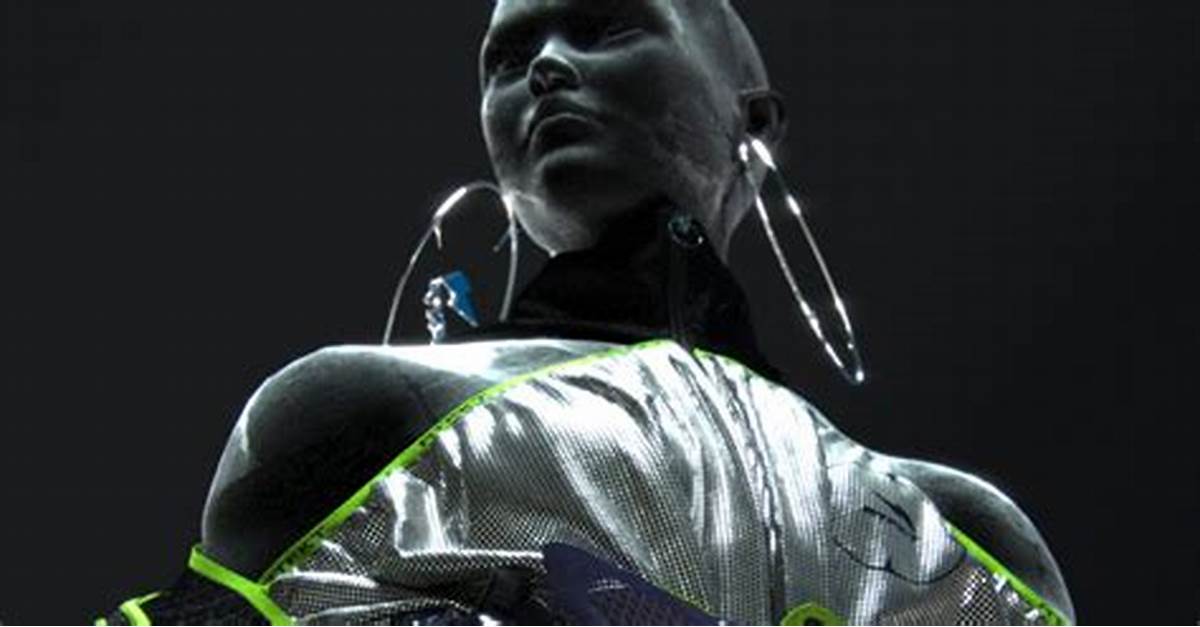
Embracing change or maintaining the status quo?
For many, the metaverse is still a vague concept, but it is, for the time being, like a futuristic universe where everything seems possible, and probably still a world away from the daily use of most consumers. This Virtual World, which transported us to a world that is nearly identical to science fiction, has already witnessed great events such as weddings and the start of Metaverse Fashion Week.
But for now, virtual fashion still appears much too conventional to work in these novel settings. It’s no little achievement that Mark Zuckerberg’s avatars make even Thom Browne’s signature ensembles—blazer, pleated skirt, and white shirt—which were worn by numerous male celebrities at the most recent Met Gala appear too traditional.
The content of this new shop devoted to user avatars on Facebook, Instagram, and Messenger is not necessarily being heralded by this opening photo, or even by this first presentation. It is likely—and we hope—that the actual clothing will be more enjoyable, lavish, and more suited to the demands of these premium brands’ clients, particularly Generation Z, for whom older and long-prescribed body ideals must make way for more inclusive design.
In any event, firms will need to strike a compromise between the urge to push the limits of inventiveness and the need to make “classic” luxury items more affordable.
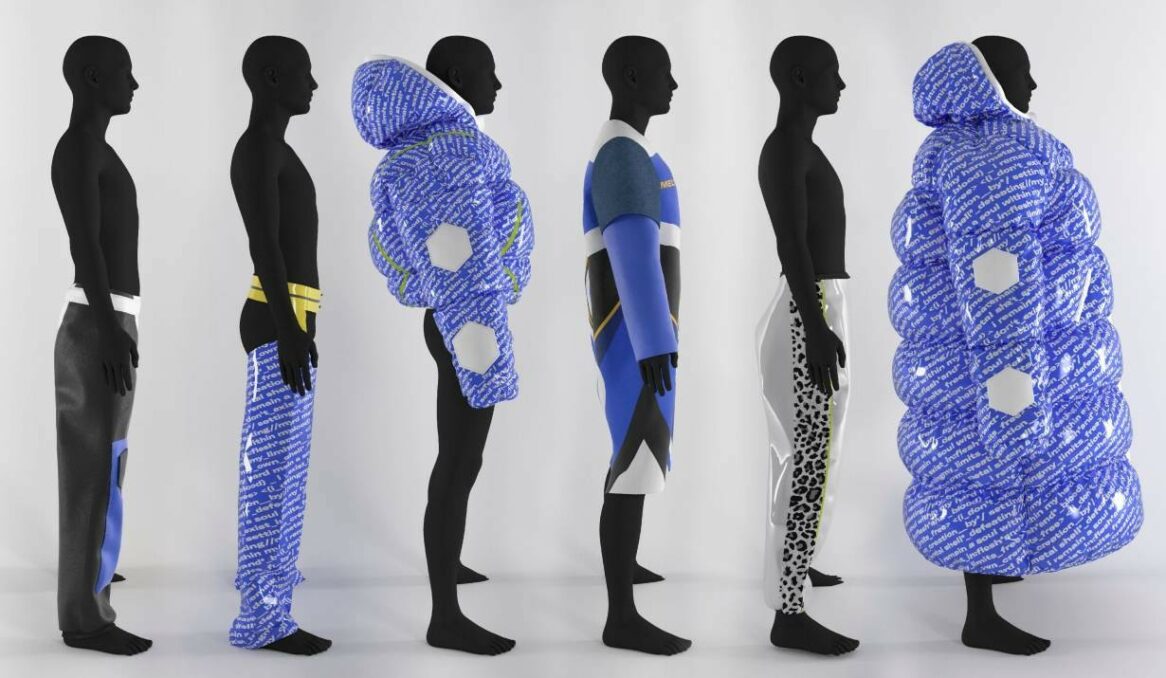
DressX setting the standard
A few specialized platforms have chosen to take the concept of audacity much further, even though the majority of the virtual collections offered by designer labels, ready-to-wear brands, and fast fashion brands—often in collaboration with social gaming titans like Roblox and Zepeto—are similar to their real-world clothing (for the time being). And DressX seems to have profited handsomely from this wild risk.
There are all kinds of clothes in the virtual couture shop, from the most classic to the most futuristic, so much so that some of them look like paintings. Your choice of digital clothing is enough to make you bold, brave, and experimental in a way that makes it much easier than real life. Isn’t that what the parallel fictional worlds are all about, after all?







